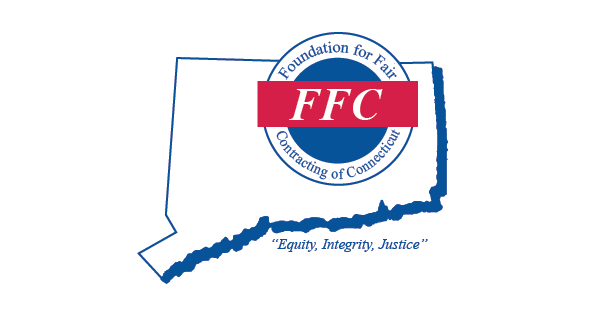
Connecticut borrows billions of dollars annually for capital projects by selling bonds on Wall Street. But there is a borrowing limit and it’s tied to the revenues the state expects to receive each year. As expectations for tax receipts and other resources shrink, so does the debt limit. State law caps not only the outstanding bond debt the state can carry at any given time, but also how much new bonding legislators can tentatively schedule for future approved projects waiting in line to receive financing. By law, when the state gets within 90% of the debt limit, the governor must craft a plan to immediately reduce planned borrowing below that threshold. If debt exceeds 100%, then all borrowing is shut down. Legislators routinely authorize borrowing for projects months or even years before the state actually borrows the funds to carry them out. The State Bond Commission also has to endorse a project before it is financed, and in some cases, initiatives approved by the legislature never receive funding.
Pandemic restricts Connecticut’s credit card; planned projects would shatter it by $2B

